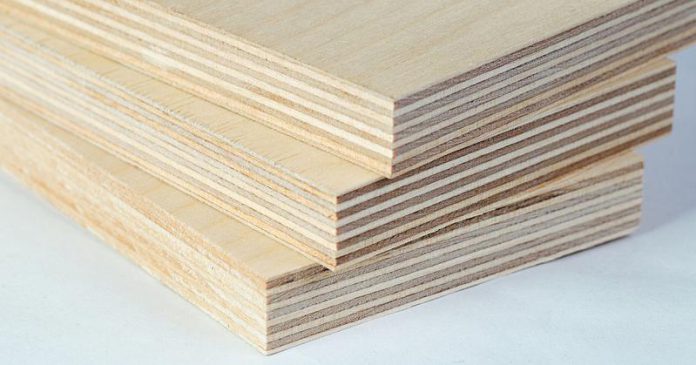Ply is the new material on the block, and it’s set to change the way we think about construction and product design forever. What makes ply so special? The material itself is made up of plies, which are layers of wood pressed together to form an incredibly strong substance that can be used in many different applications. Ply’s versatility allows it to be used in everything from flooring to exterior walls. With such unique and diverse applications, it’s no wonder that ply has become such a popular choice with architects and builders.
At Box™, we love to ply our homes with ply. That’s because ply is versatile and brings warmth and textural interest to interiors while simultaneously having a nostalgic appeal. We use ply for wall linings, vanities and kitchen cabinetry, and built-in furnishings such as room dividers, shelving units or even beds. But not all ply is created equal, so we source ours from a trusted supplier with an eye for quality. Inferior-quality ply can chip along the edges. When choosing the right ply for the job, homeowners need to consider which grade (A-D) is fit for the purpose, the type of timber you prefer and the colouring.
According to Box™, there’s a common misconception that ply is a cheap building material in design and build in Auckland, New Zealand. It certainly is less expensive in kitchens and bathrooms than using solid timber but three times as costly as, say, Melamine. Pricewise it is comparable to using a veneer. However, it is possible to rout out handles on ply cabinetry so homeowners can save on hardware costs. One trick for getting the ply look in a kitchen, but saving on cost, is finishing high-level cupboards in ply or incorporating them on the back island. Marine ply is a premium-quality ply with a sanded surface face on both sides, often used in the boat building industry and glued with waterproof adhesives – suitable for bathrooms and kitchens.
Types we use at Box™ include Radiata pine: New Zealand-grown, cheap, and easy to source. It has that ‘bach’ aesthetic with distinctive ‘whorly’ grain and yellowish colour. Often used as a wall lining (B grade). This product’s C or D grade version can be used to line garages.
Gaboon: From the hardwood tree Okoume. Has a brown/pink colouring and a lovely fine ‘wavy’ grain. We favour the Marine ply version for use in vanities.
Meranti: Similar in tone to gaboon ply, Box™ uses very little of this as, in our opinion as a house architect, gaboon has a much finer grain with fewer inconsistencies (see above).
Poplar or Birch: Poplar is almost white but soft, so only used as a ceiling lining or on walls would dent straight away. Birch comes in Marine-grade, so it is more versatile. Its tone is light yellow that sits somewhere between the whitish poplar and yellow radiata.
Hoop pine: An Australian timber – mainly from Queensland – this is by far the most expensive ply and suitable for high-end applications such as kitchen and bathroom cabinetry and ceiling linings. It has a whitish, light, bright, consistent colour.


